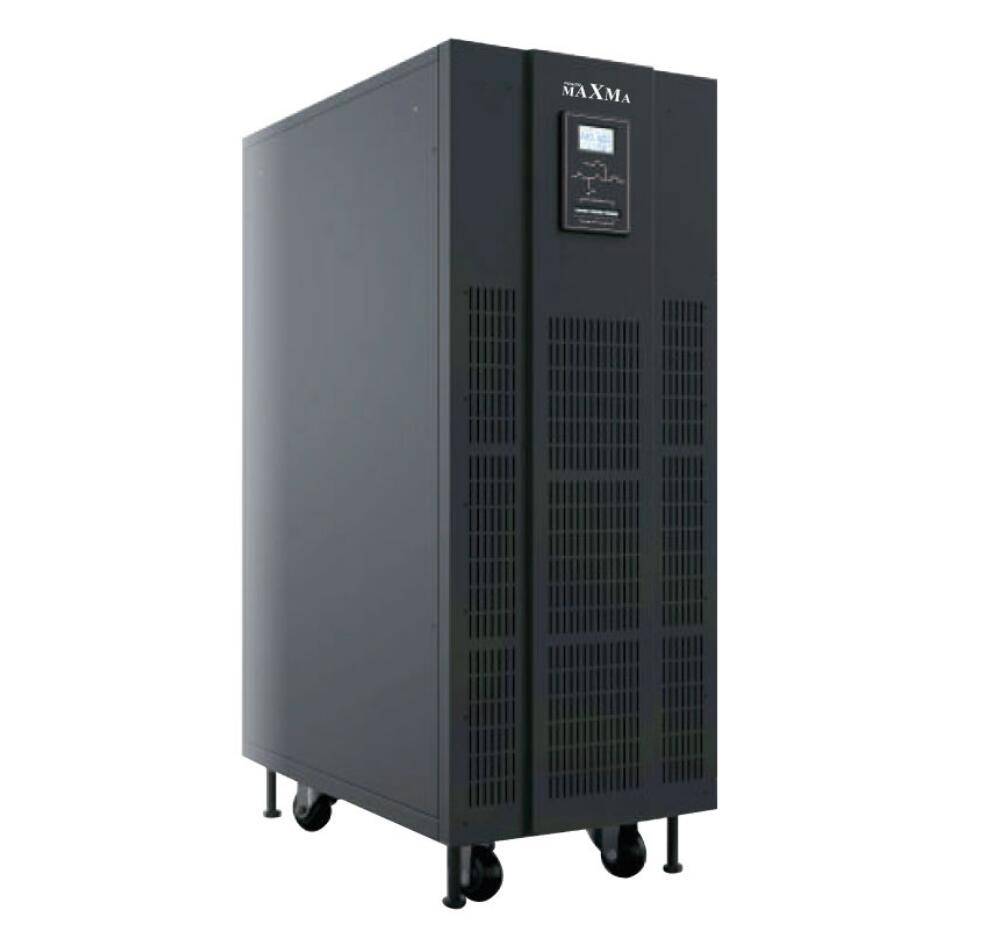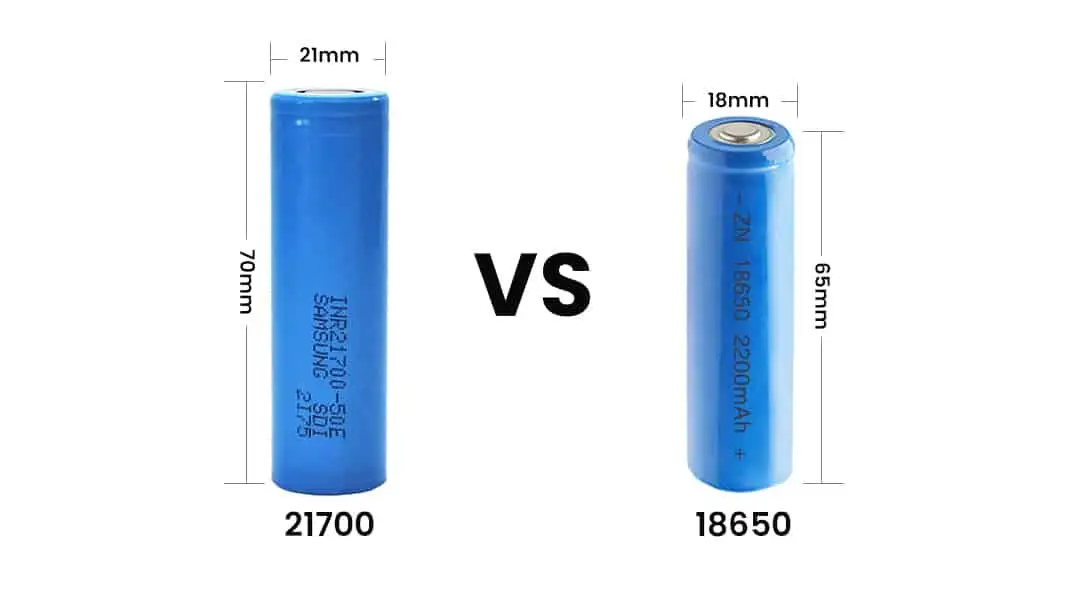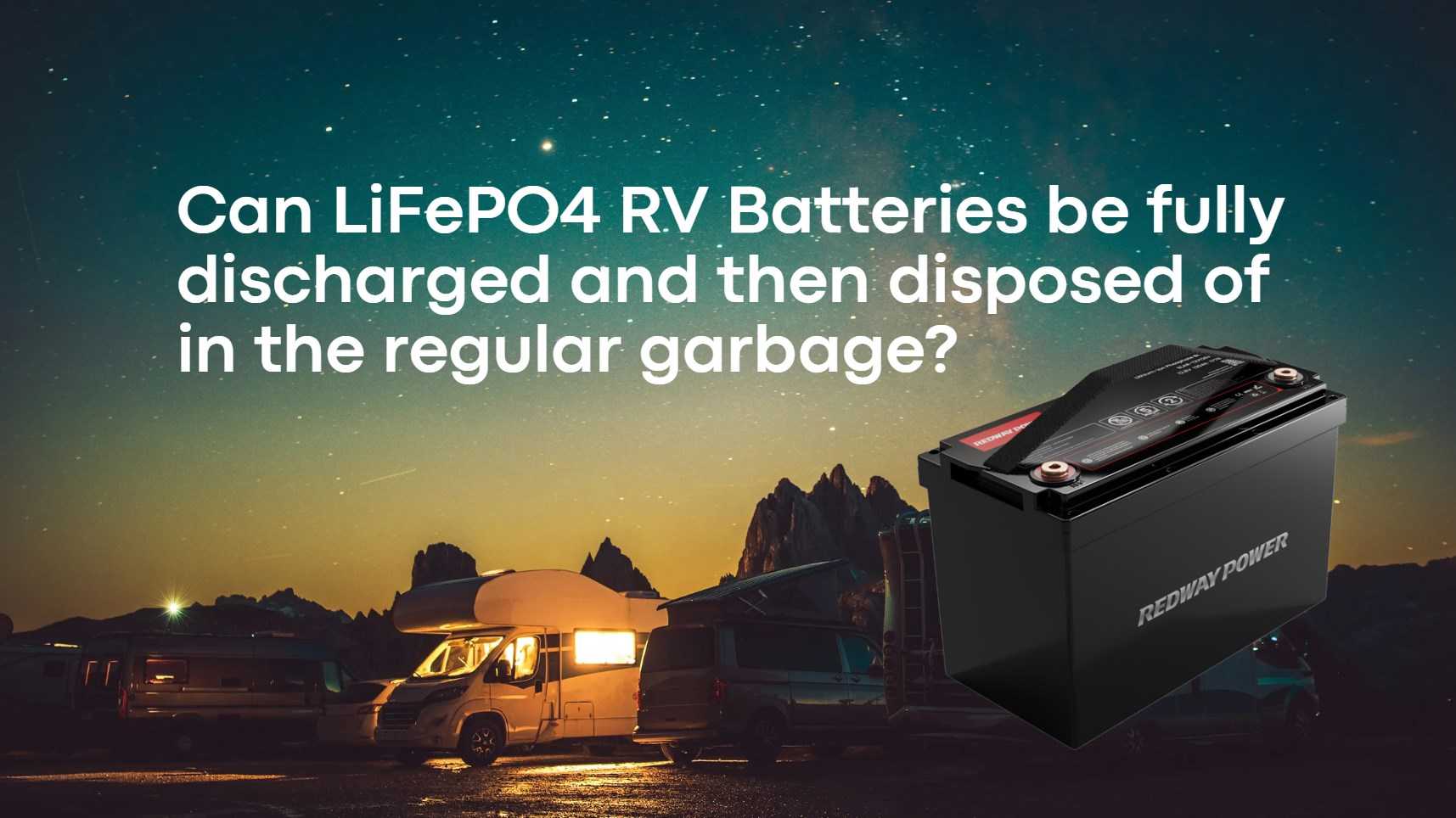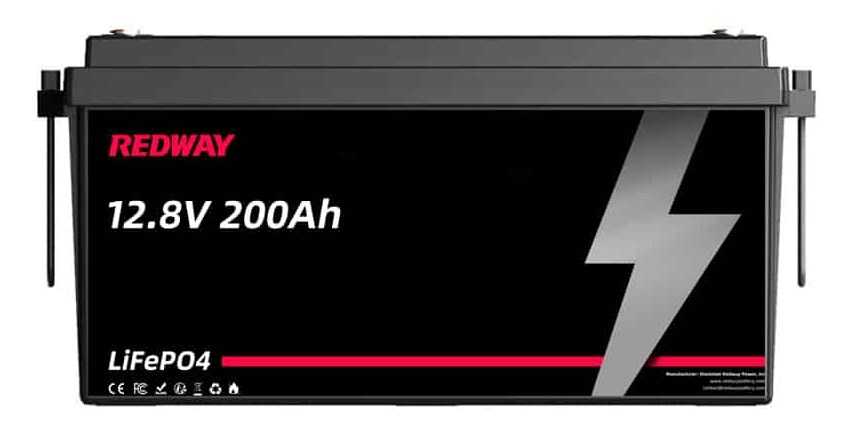Navigating Power Solutions: UPS Battery System vs Inverter
Picture this: you’re in the middle of an important project on your computer when suddenly, the power goes out. Panic sets in as you realize all your hard work could be lost. This is where understanding power solutions like UPS battery systems and inverters can save the day. Let’s dive into the world of backup power options to ensure you never have to worry about unexpected outages again.
Understanding Power Solutions
Power solutions are essential for maintaining a reliable source of electricity, especially in critical situations. Understanding the different options available can help you make informed decisions to meet your specific needs. When it comes to backup power, two common choices are UPS battery systems and inverters.
A UPS (Uninterruptible Power Supply) battery system functions as a backup power source that instantly kicks in when the main power supply fails. It provides continuous power for a limited time, allowing you to save your work and safely shut down devices during outages.
On the other hand, an inverter is a device that converts DC power from batteries or solar panels into AC power suitable for powering electronic devices. Inverters are versatile and can be used not only as emergency backups but also in off-grid settings where access to electricity is limited.
Each option has its own advantages and disadvantages depending on factors like cost, capacity, and intended use. By understanding these differences, you can choose the best solution for your specific requirements.
The Purpose of a UPS Battery System
When it comes to ensuring uninterrupted power supply for your critical devices, a UPS battery system plays a crucial role. This system serves as a backup power source that kicks in instantly when there is an outage or fluctuation in the main power supply.
The primary purpose of a UPS battery system is to provide temporary power to prevent data loss, equipment damage, or disruption of operations during unexpected blackouts. It acts as a safeguard against potential risks associated with sudden power failures.
By seamlessly switching to battery power within milliseconds of detecting an issue with the main power source, a UPS battery system ensures that your devices continue running smoothly without any interruptions. Whether it’s protecting sensitive electronic equipment in offices or providing emergency backup for healthcare facilities, these systems are designed to keep operations running seamlessly even during unforeseen circumstances.
In essence, the purpose of investing in a UPS battery system is to proactively protect your valuable equipment and maintain productivity by keeping essential systems operational regardless of external factors affecting the main power grid.
The Advantages and Disadvantages of a UPS Battery System
When it comes to UPS battery systems, there are both advantages and disadvantages to consider. One of the main advantages is the ability to provide instant backup power during outages, ensuring continuous operation of critical devices like computers and servers. This can prevent data loss and downtime in case of a power failure.
Additionally, UPS battery systems help protect equipment from power surges and spikes, extending their lifespan. They also offer peace of mind knowing that your electronics are safeguarded against unexpected electrical disturbances.
On the flip side, UPS battery systems require maintenance such as regular testing and replacement of batteries to ensure optimal performance. They can also be bulky and expensive compared to other power solutions like inverters.
Despite these drawbacks, the benefits of a UPS battery system often outweigh the challenges for those seeking reliable backup power solutions for their electronic devices.
What is an Inverter?
An inverter is a device that converts direct current (DC) electricity into alternating current (AC) electricity, allowing you to power various electronic devices. It essentially acts as a bridge between your battery or solar panels and the appliances you want to use.
Inverters come in different sizes and capacities, catering to various power needs. They are commonly used in homes, RVs, boats, and off-grid applications where access to traditional AC power sources may be limited.
One key advantage of using an inverter is its versatility – it can be connected to a range of devices from laptops and smartphones to refrigerators and power tools. This flexibility makes inverters ideal for providing temporary backup power during outages or while traveling.
However, one downside of inverters is that they are not designed for long-term backup power solutions like UPS battery systems. Inverters rely on external power sources such as batteries or solar panels, so their effectiveness depends on the availability of these energy sources.
When considering whether an inverter is the right choice for your needs, it’s essential to evaluate factors such as power requirements, intended use, and budget constraints before making a decision.
Pros and Cons of Using an Inverter
When it comes to power solutions, inverters are a popular choice for providing backup electricity during outages or off-grid living. One of the main advantages of using an inverter is its versatility – it can be used with various battery types and sizes, making it adaptable to different needs. Inverters also tend to be more affordable compared to UPS battery systems, making them a cost-effective option for many users.
However, one downside of using an inverter is that it may not provide as seamless switchover during power outages compared to UPS systems. This could lead to a brief interruption in power supply before the inverter kicks in. Additionally, inverters may have limited capacity when it comes to powering heavy-duty appliances like refrigerators or air conditioners.
Despite these limitations, inverters remain a practical choice for those looking for a flexible and budget-friendly power solution. It’s important to weigh the pros and cons carefully before deciding on the best option for your specific needs.
Factors to Consider When Choosing Between a UPS Battery System and Inverter
When deciding between a UPS battery system and an inverter, there are several factors to take into consideration. Assess your power needs – do you require backup power for critical systems or just occasional use during outages? Understanding how much power capacity you need is crucial in making the right choice.
Consider the space where the system will be installed. UPS battery systems tend to be bulkier and require more room compared to inverters, so ensure you have adequate space available. Additionally, think about maintenance requirements – UPS batteries may need regular replacements, while inverters typically require less upkeep.
Cost is another important factor. Compare the initial investment and long-term expenses of both options before making a decision. Factor in efficiency and reliability – choose a system that meets your performance expectations and provides consistent power when needed.
Conclusion
Navigating the world of power solutions can be overwhelming, but understanding the differences between a UPS battery system and an inverter is crucial in ensuring you have the right setup for your needs.
While UPS battery systems provide seamless backup power during outages and offer surge protection, inverters are versatile and can be used with various power sources. Deciding between the two depends on factors like budget, required runtime, and specific use cases.
Whether you opt for a UPS battery system or an inverter, having a reliable power solution in place is essential to keep your devices running smoothly and protect them from unexpected power issues. Make sure to assess your needs carefully before making a decision to ensure you choose the best option for your requirements.



















